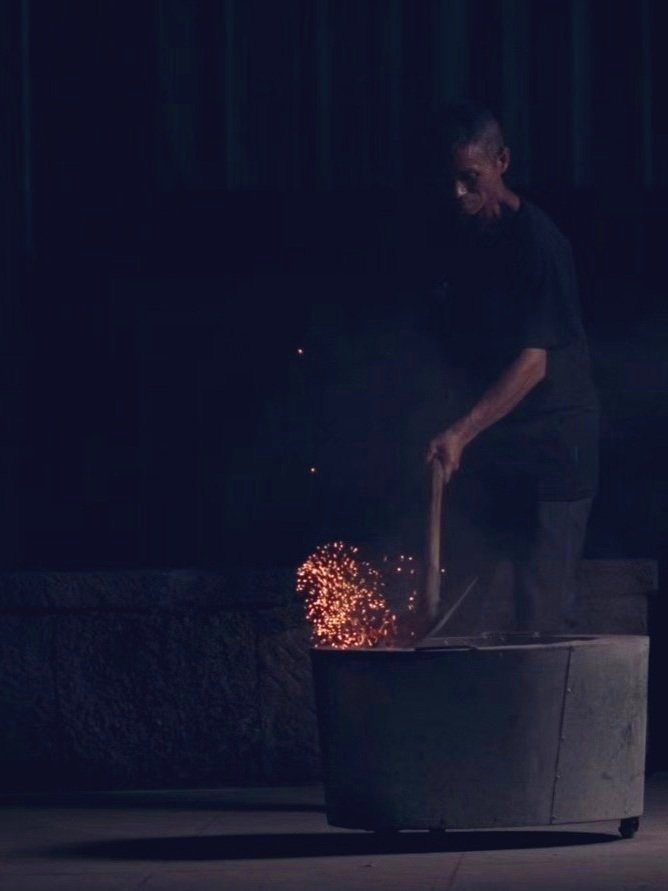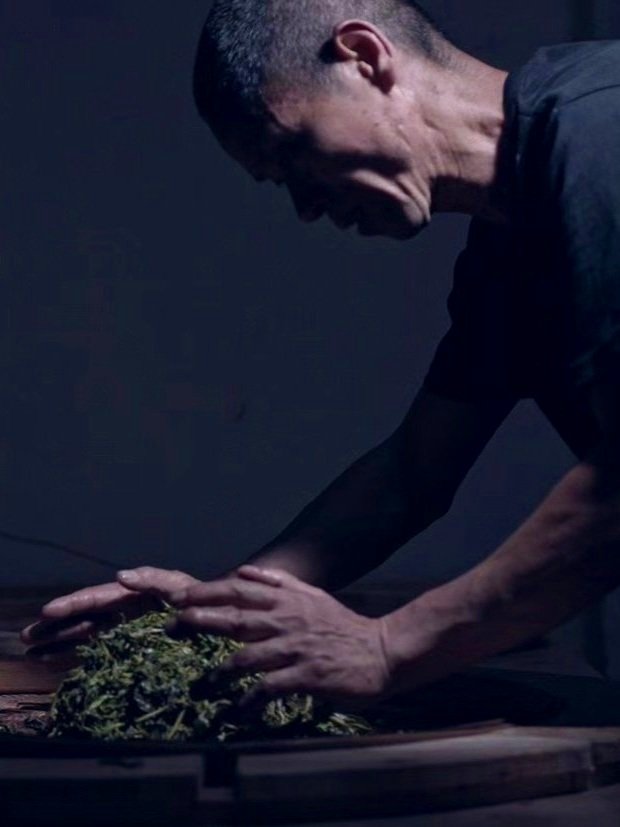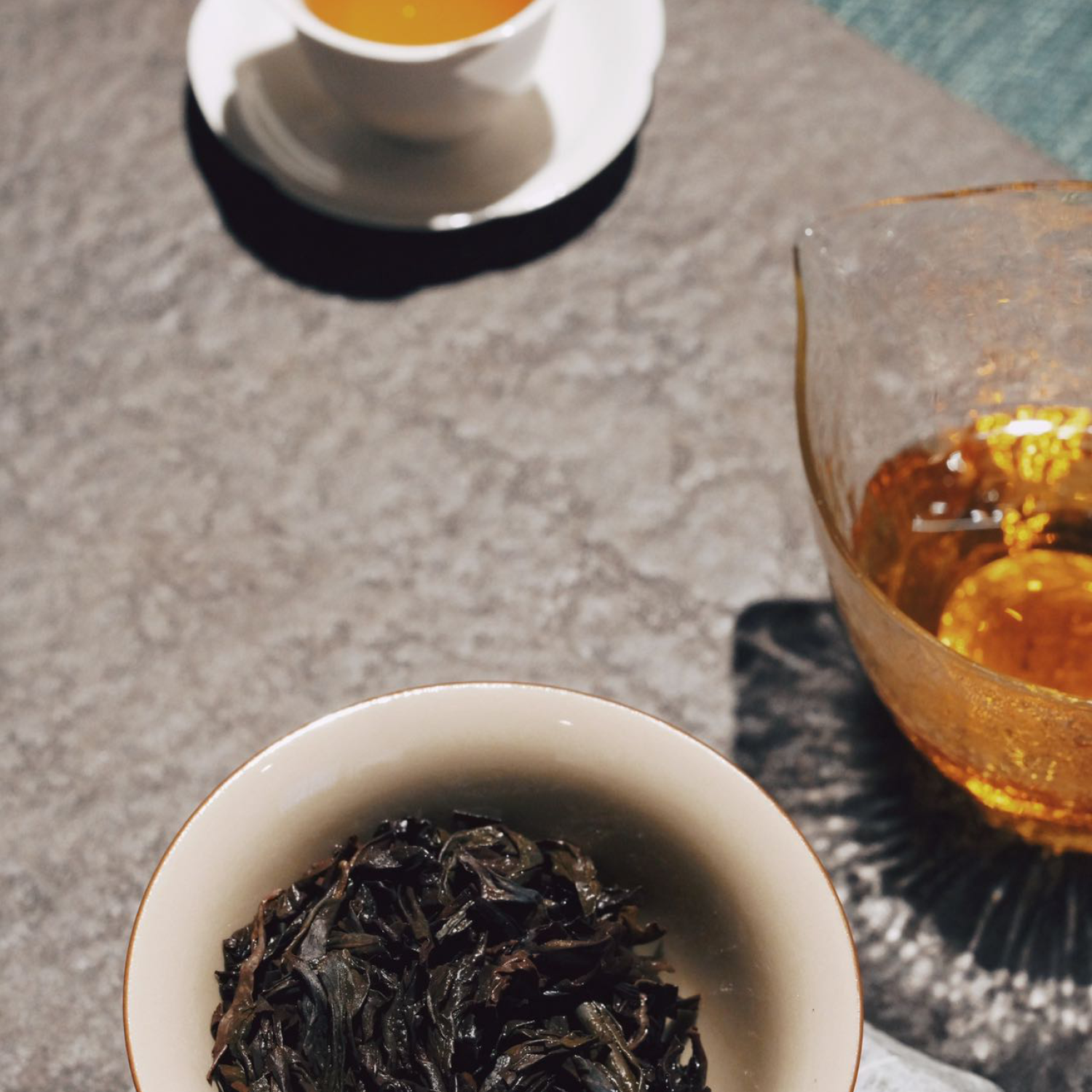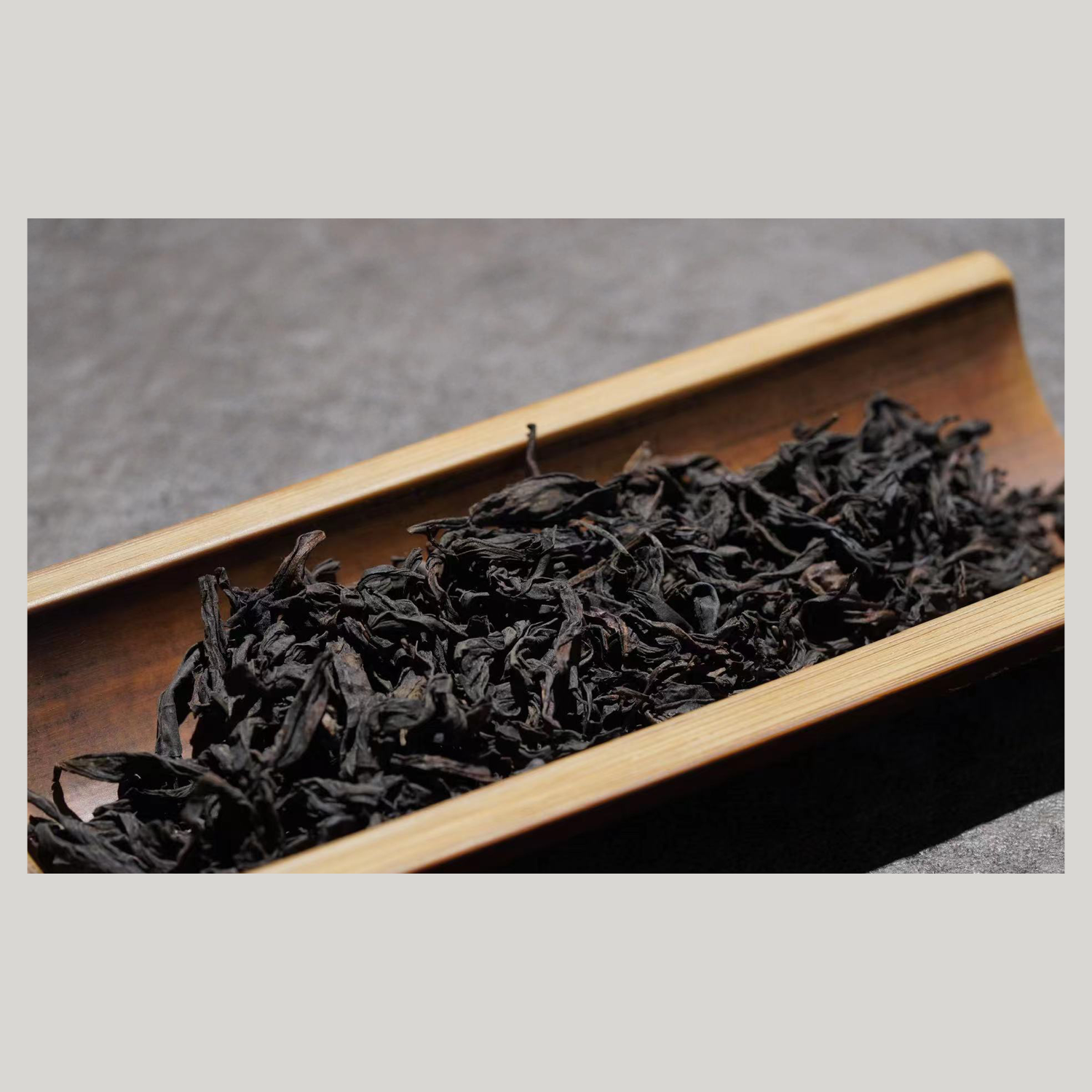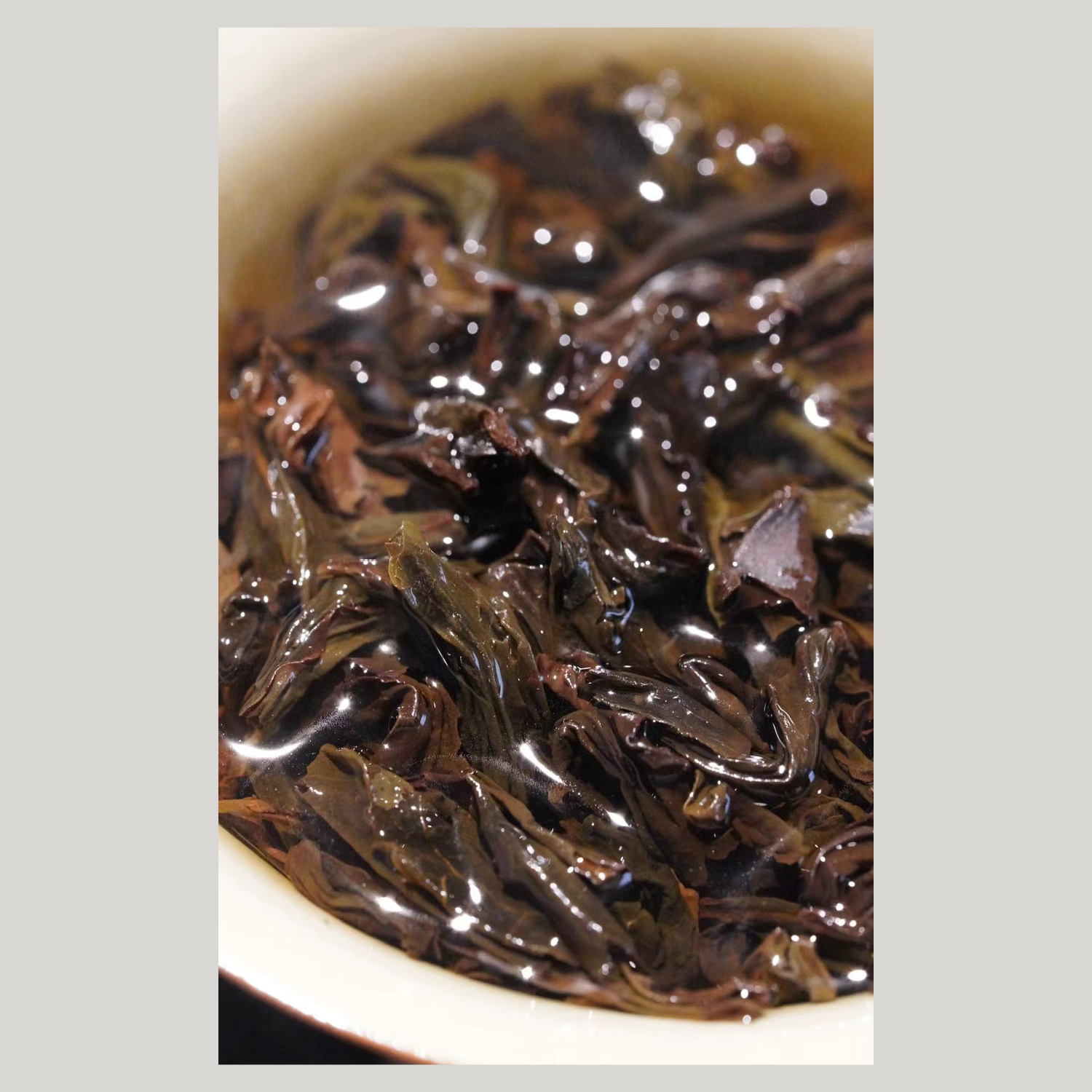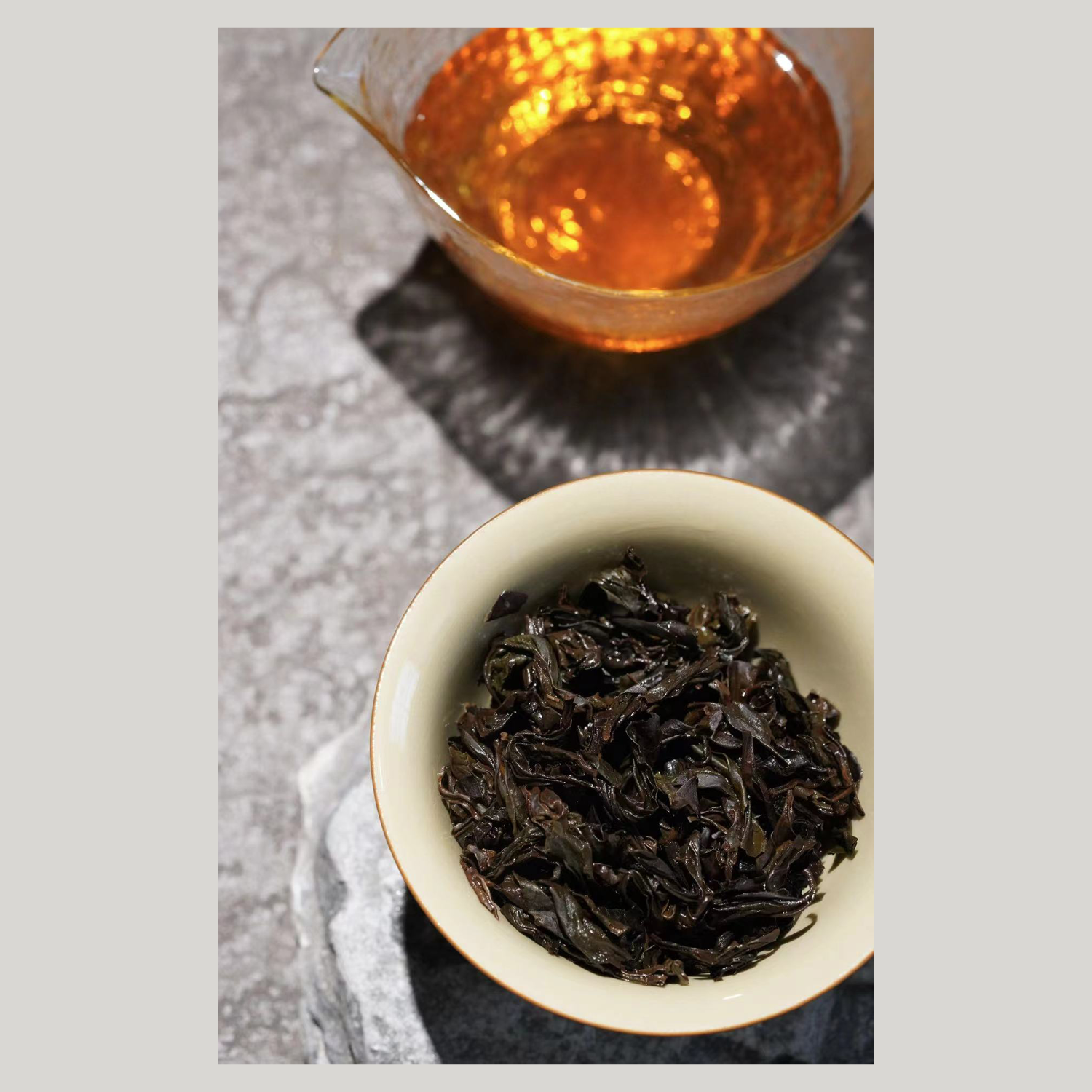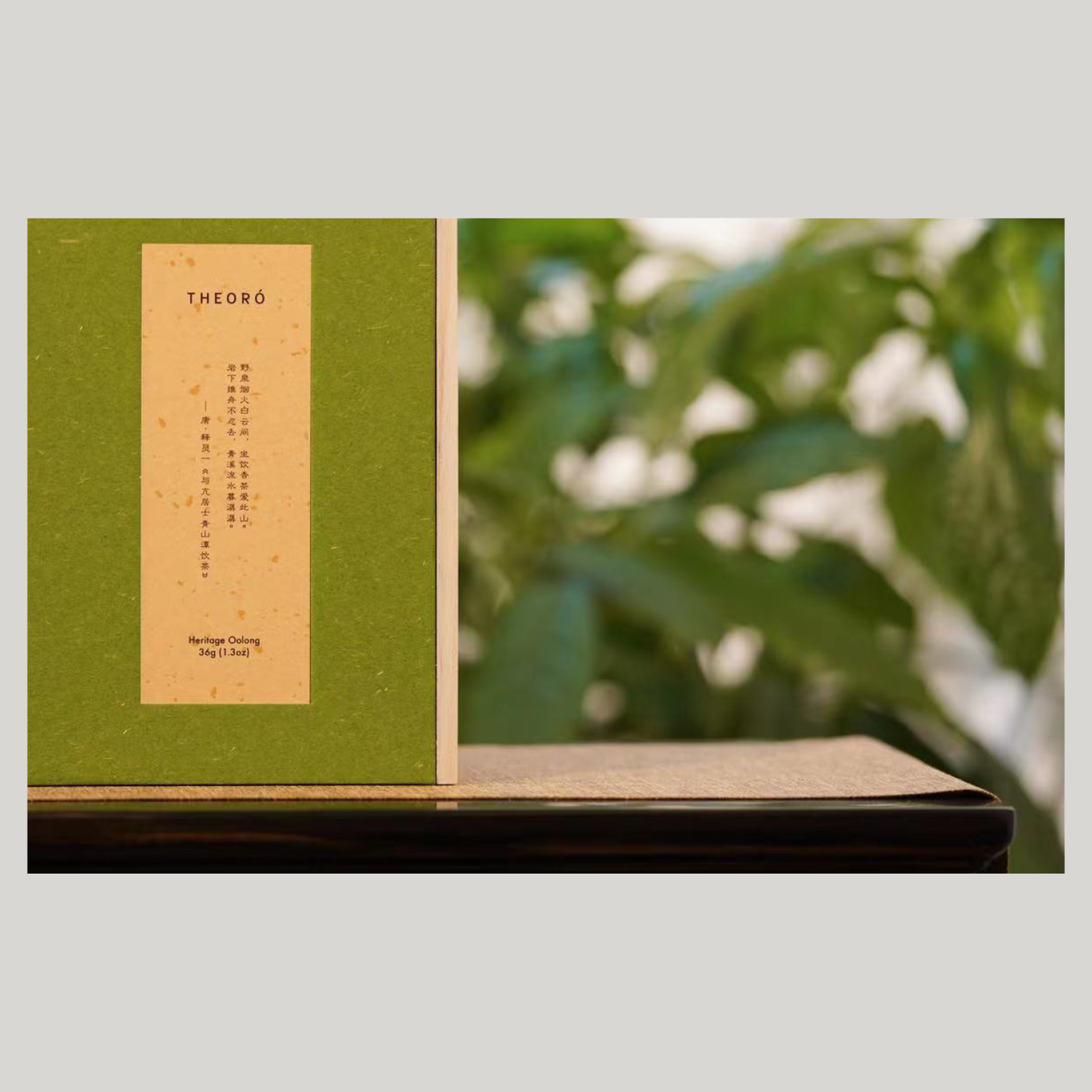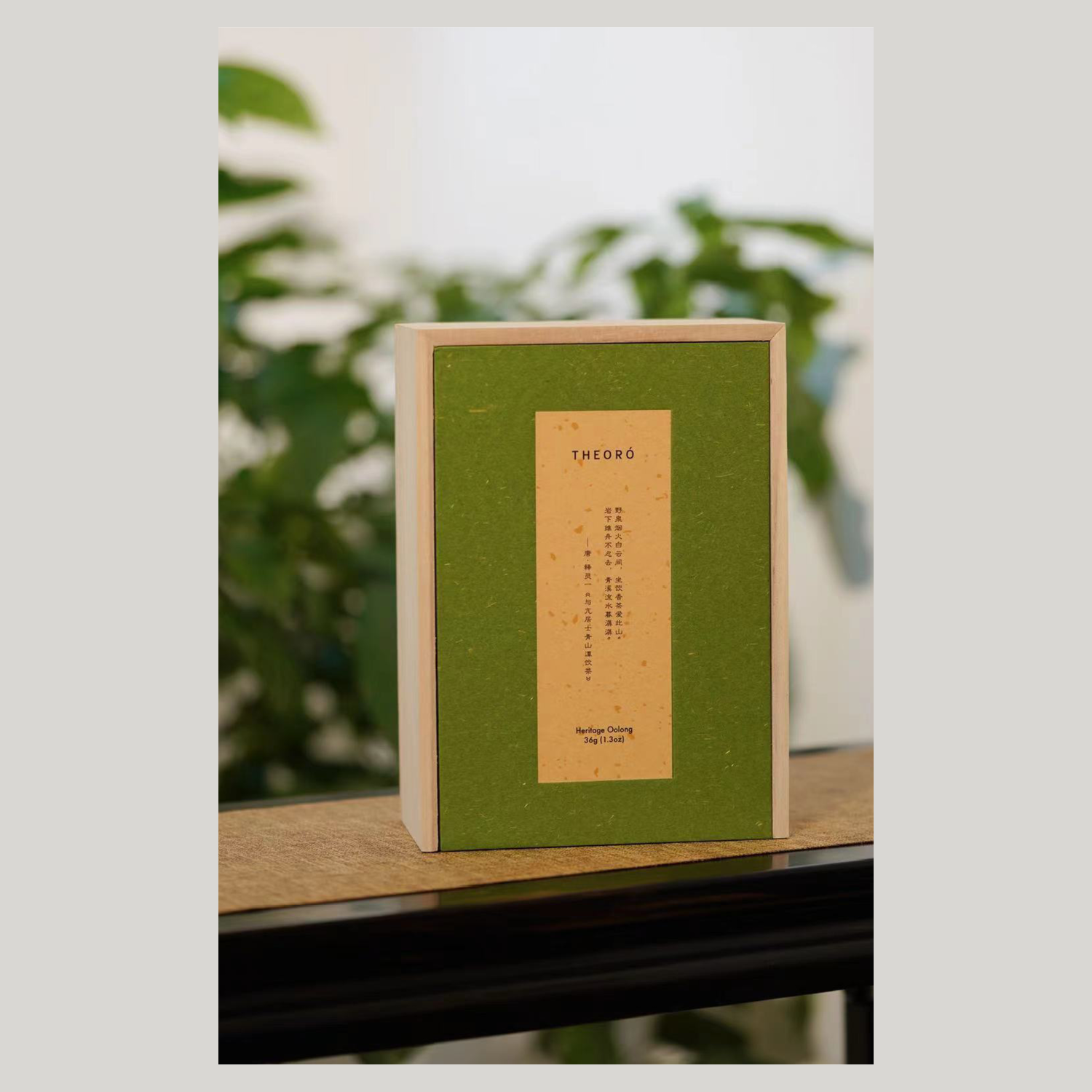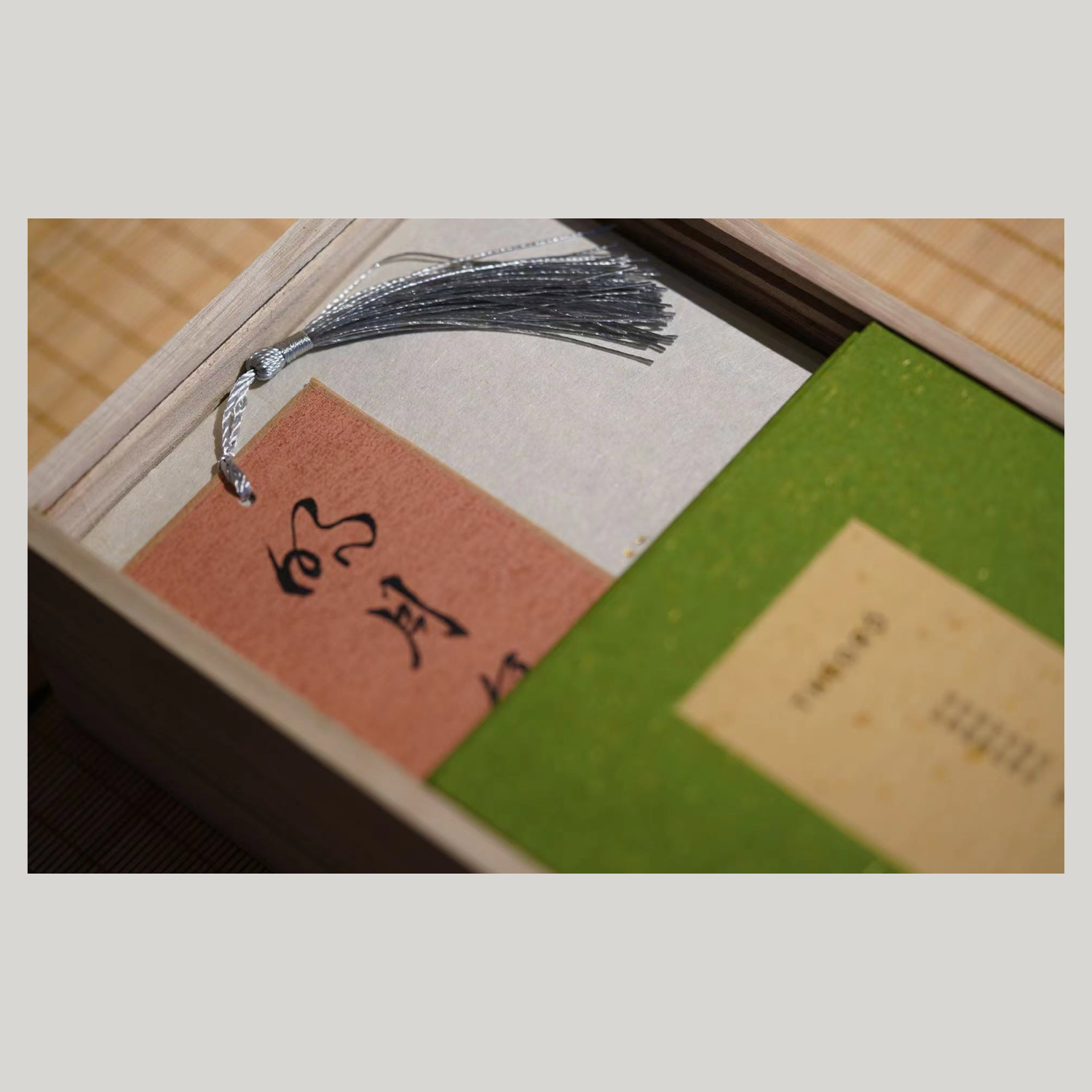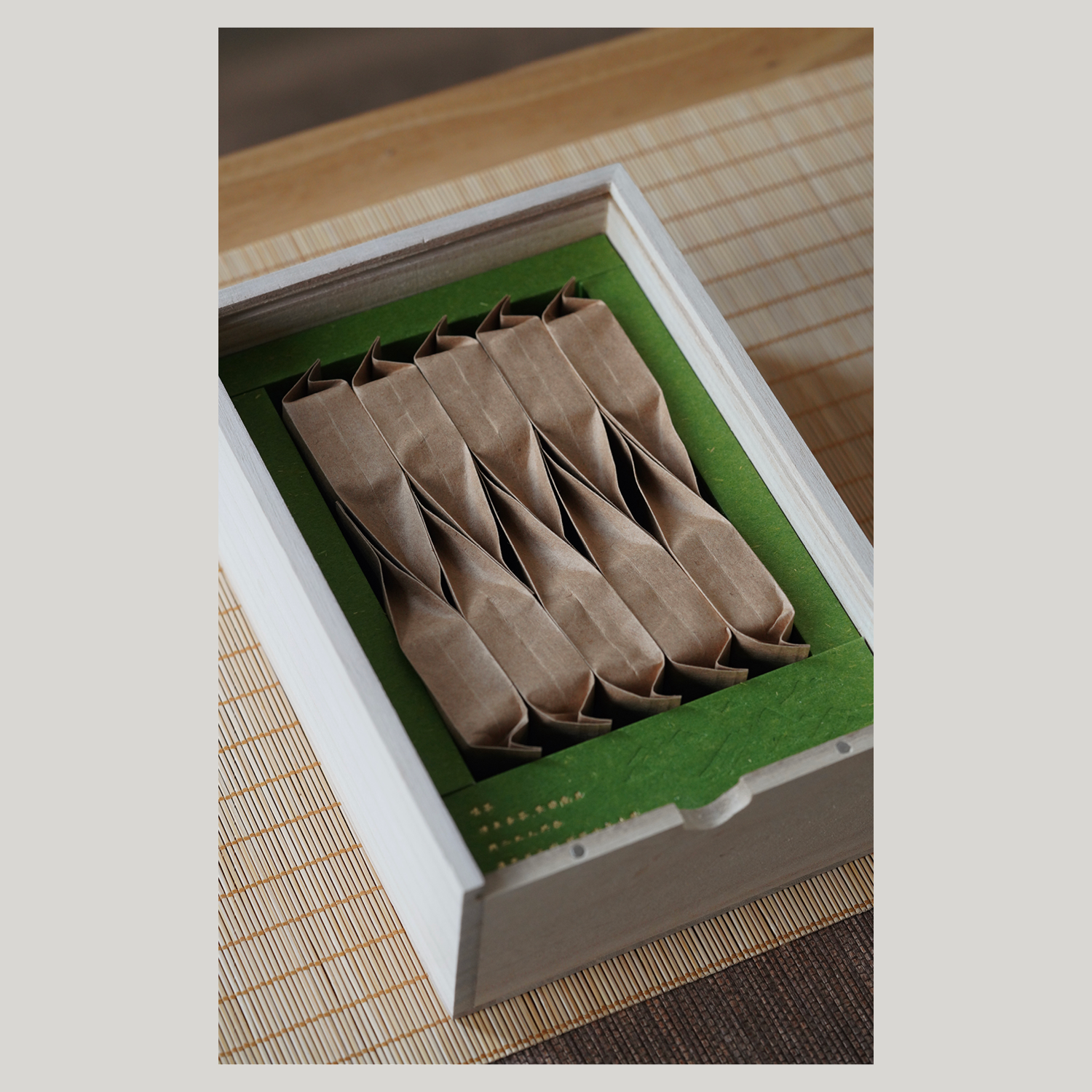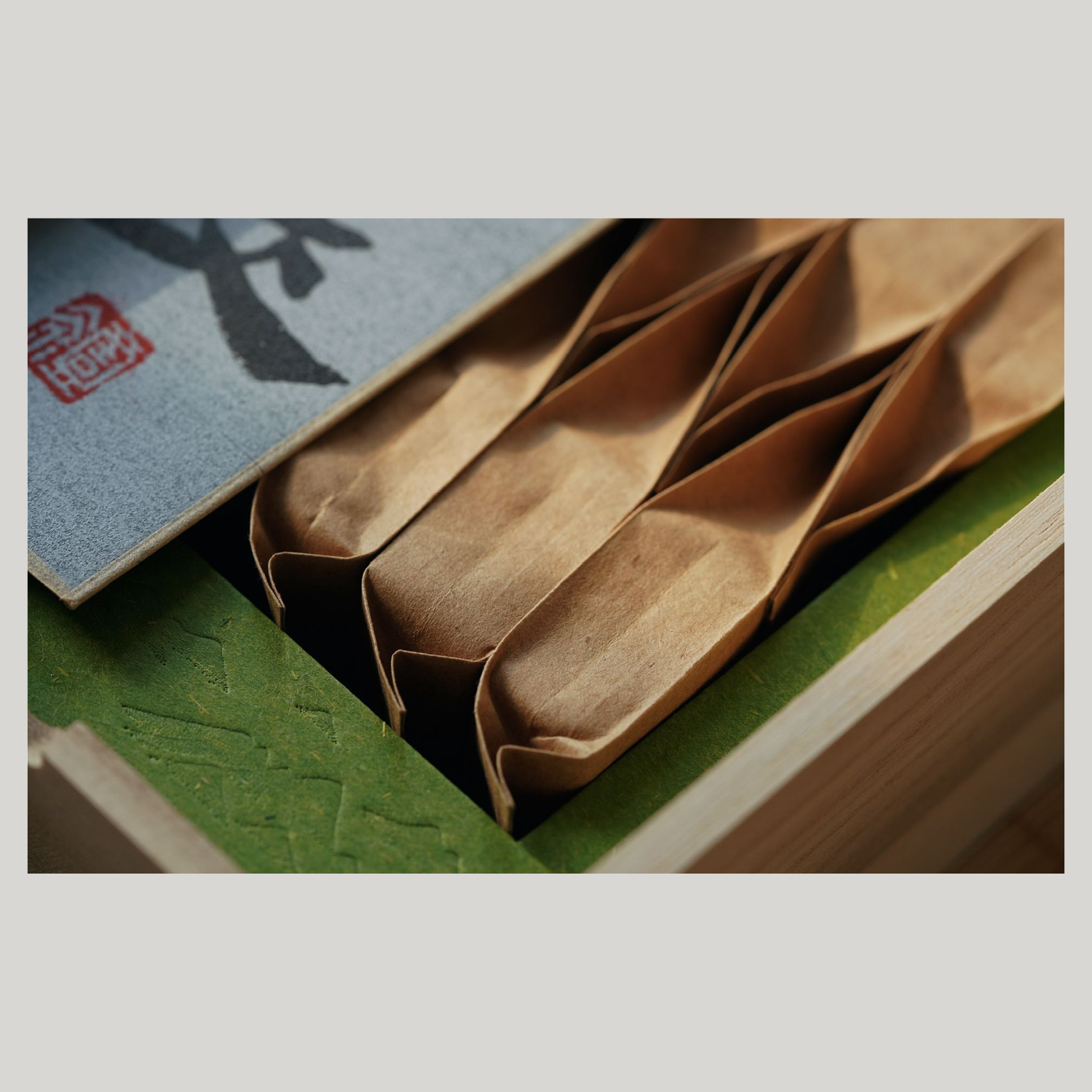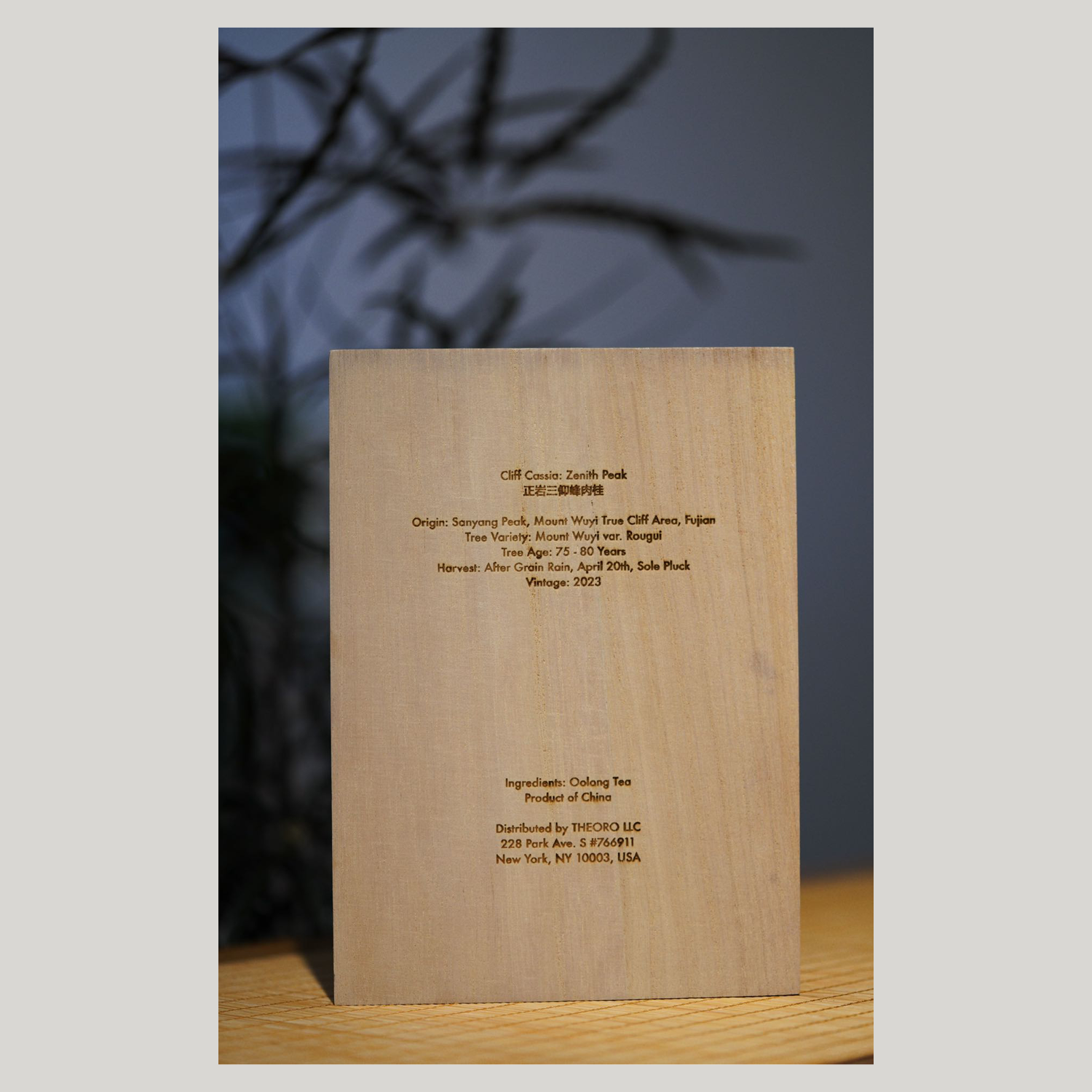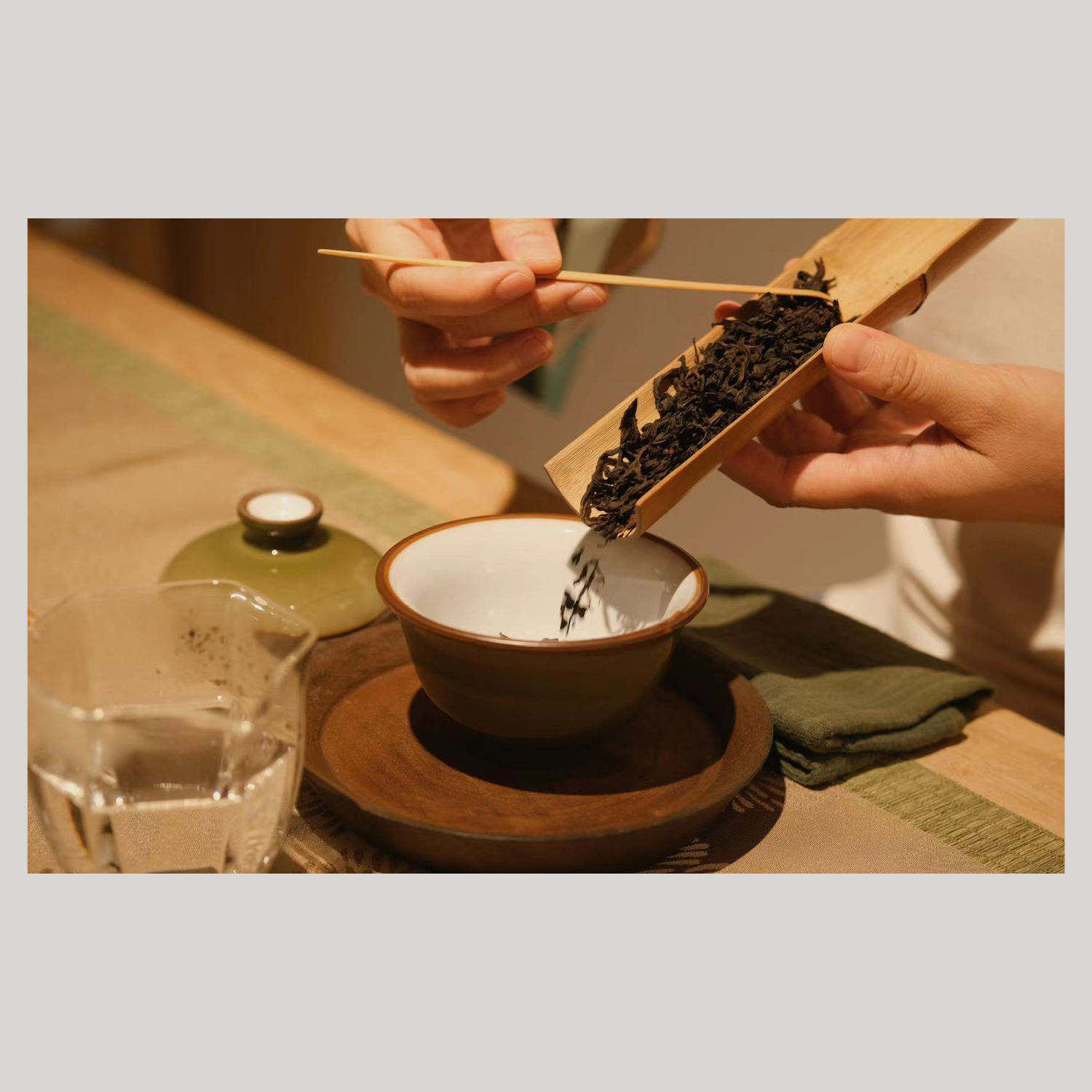 Image 1 of 11
Image 1 of 11

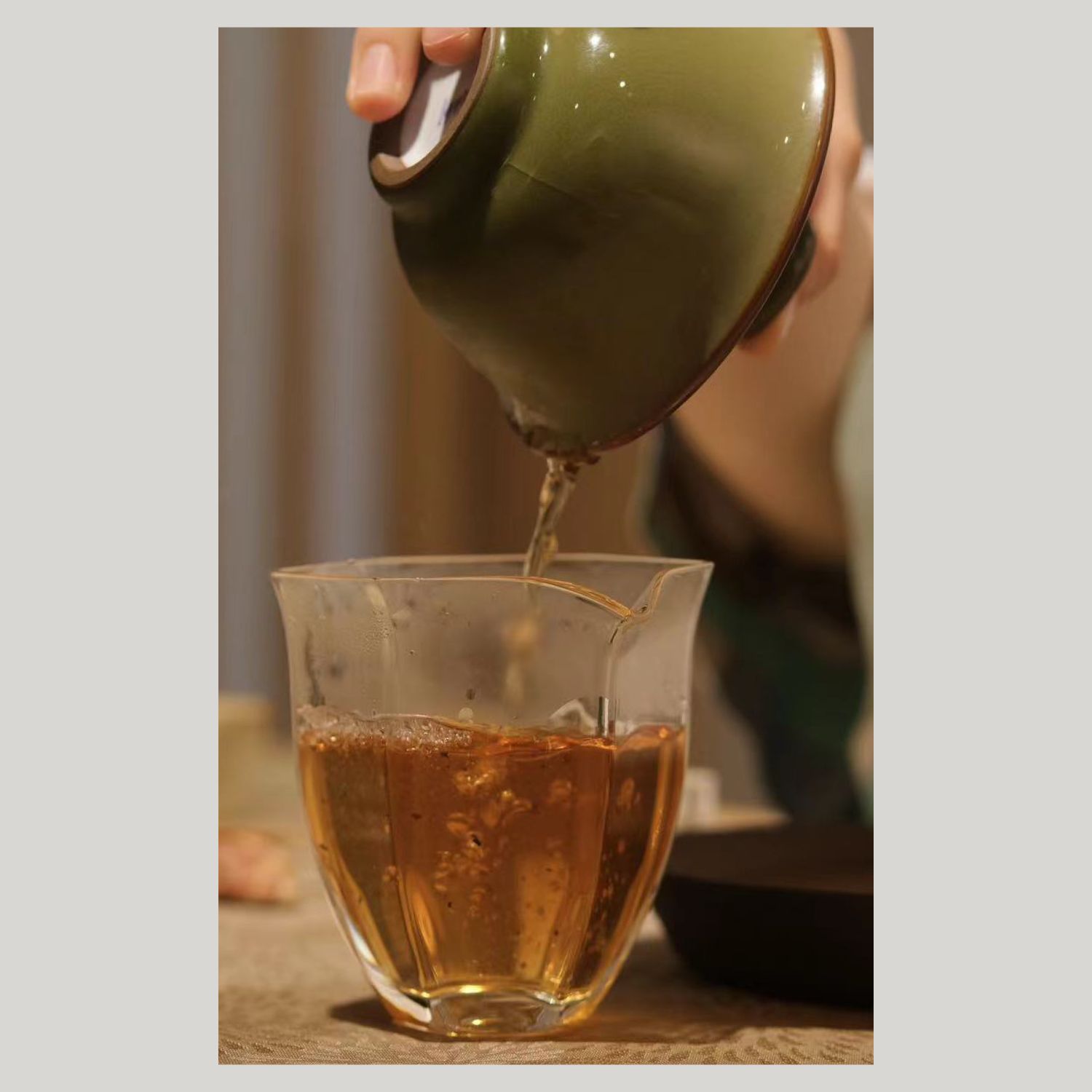 Image 2 of 11
Image 2 of 11

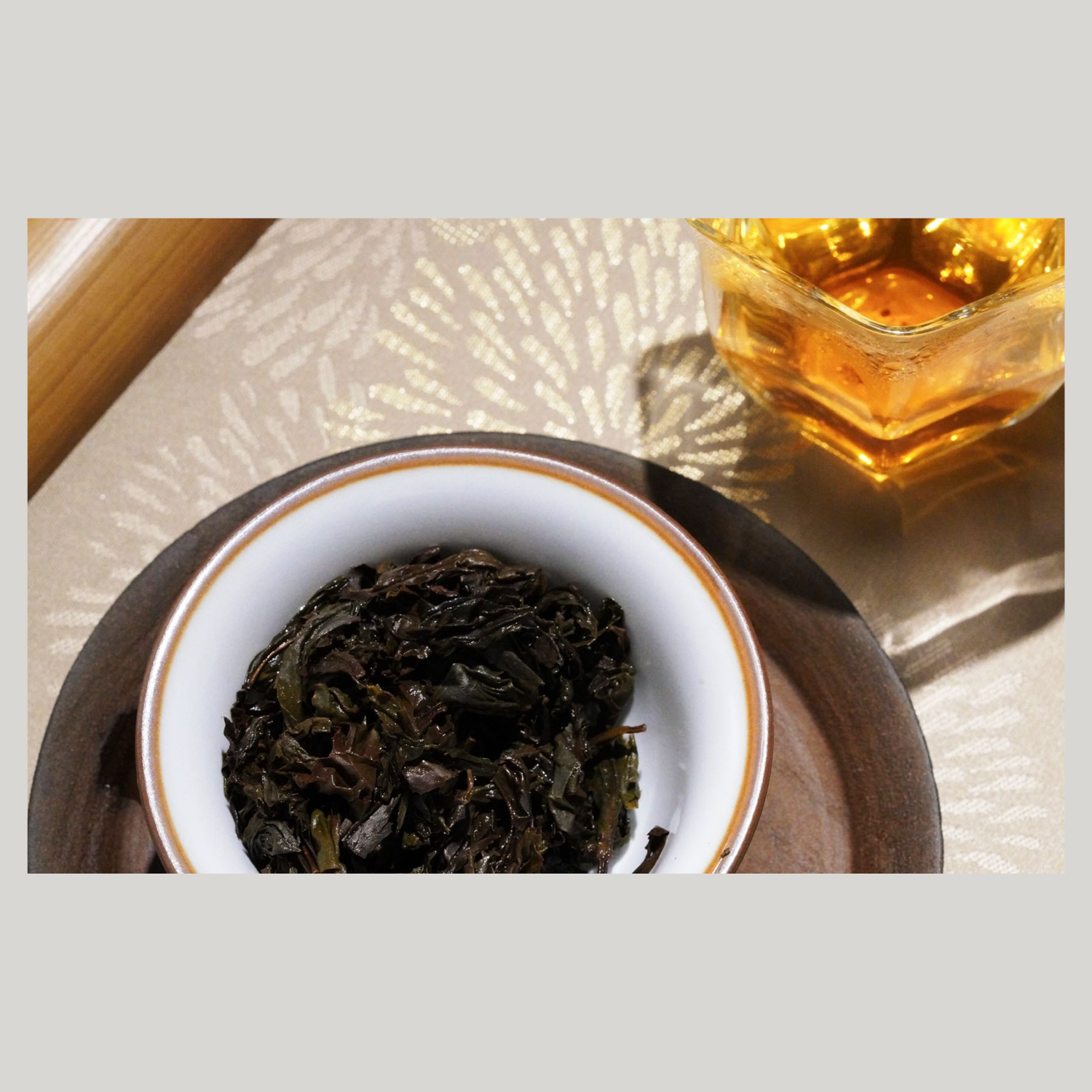 Image 3 of 11
Image 3 of 11

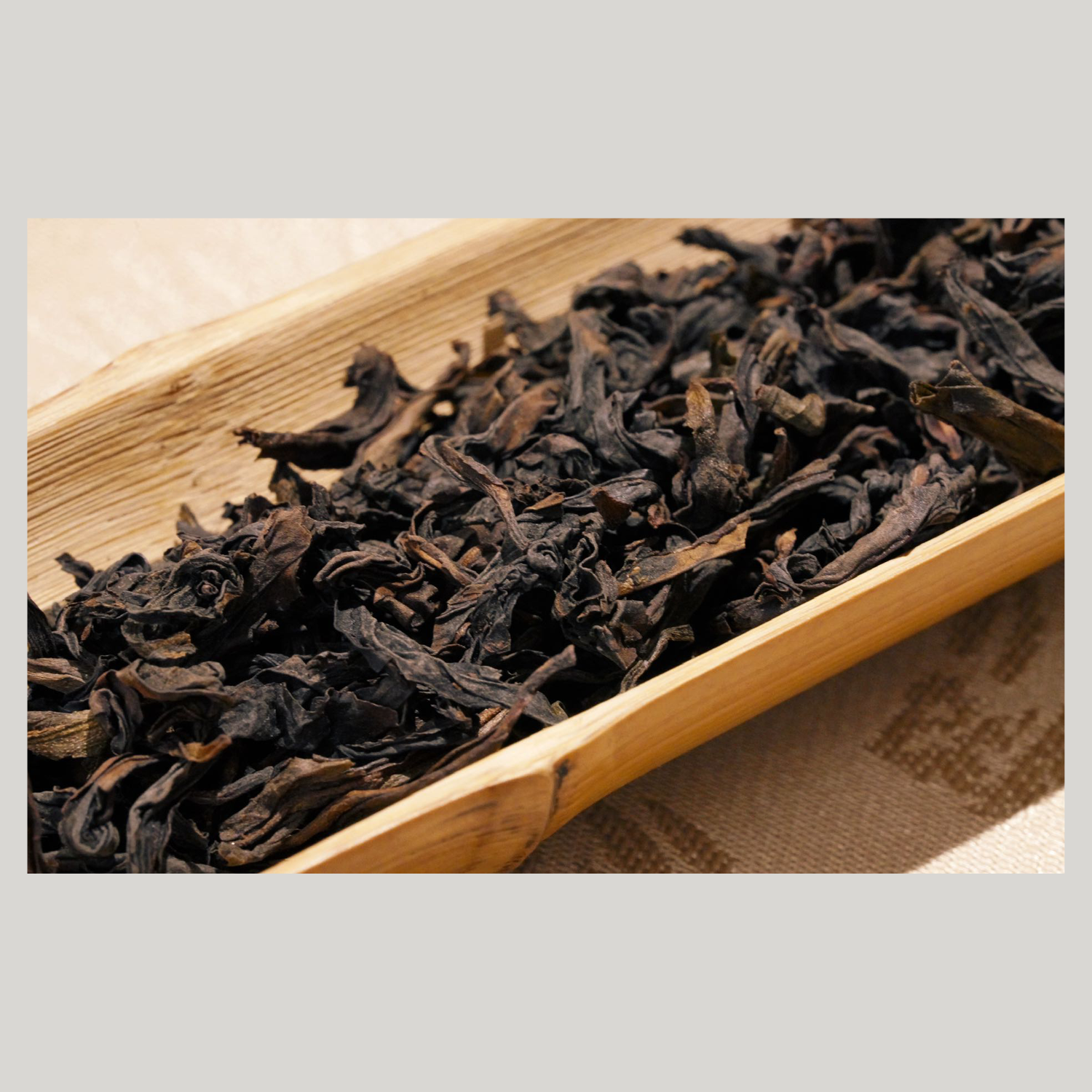 Image 4 of 11
Image 4 of 11

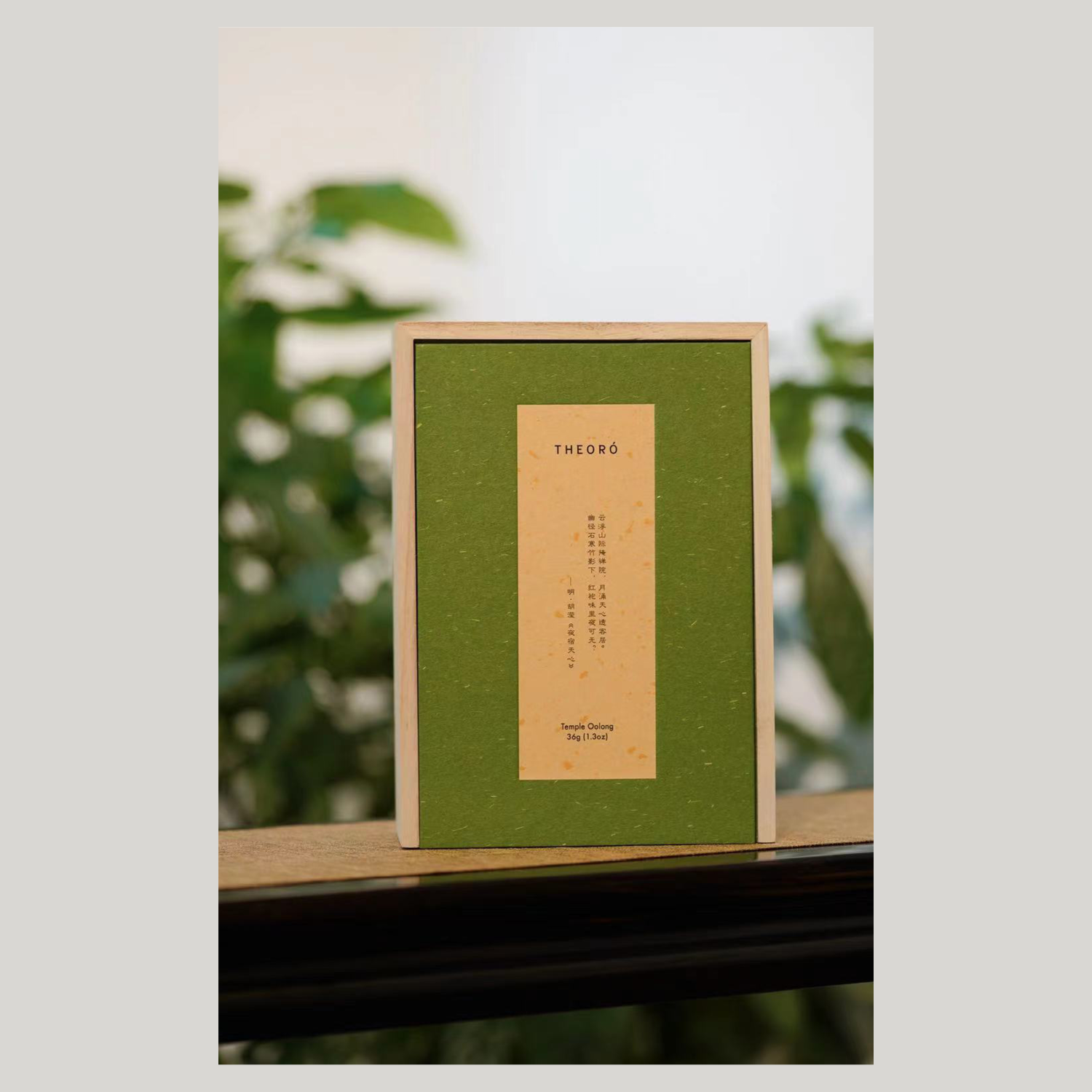 Image 5 of 11
Image 5 of 11

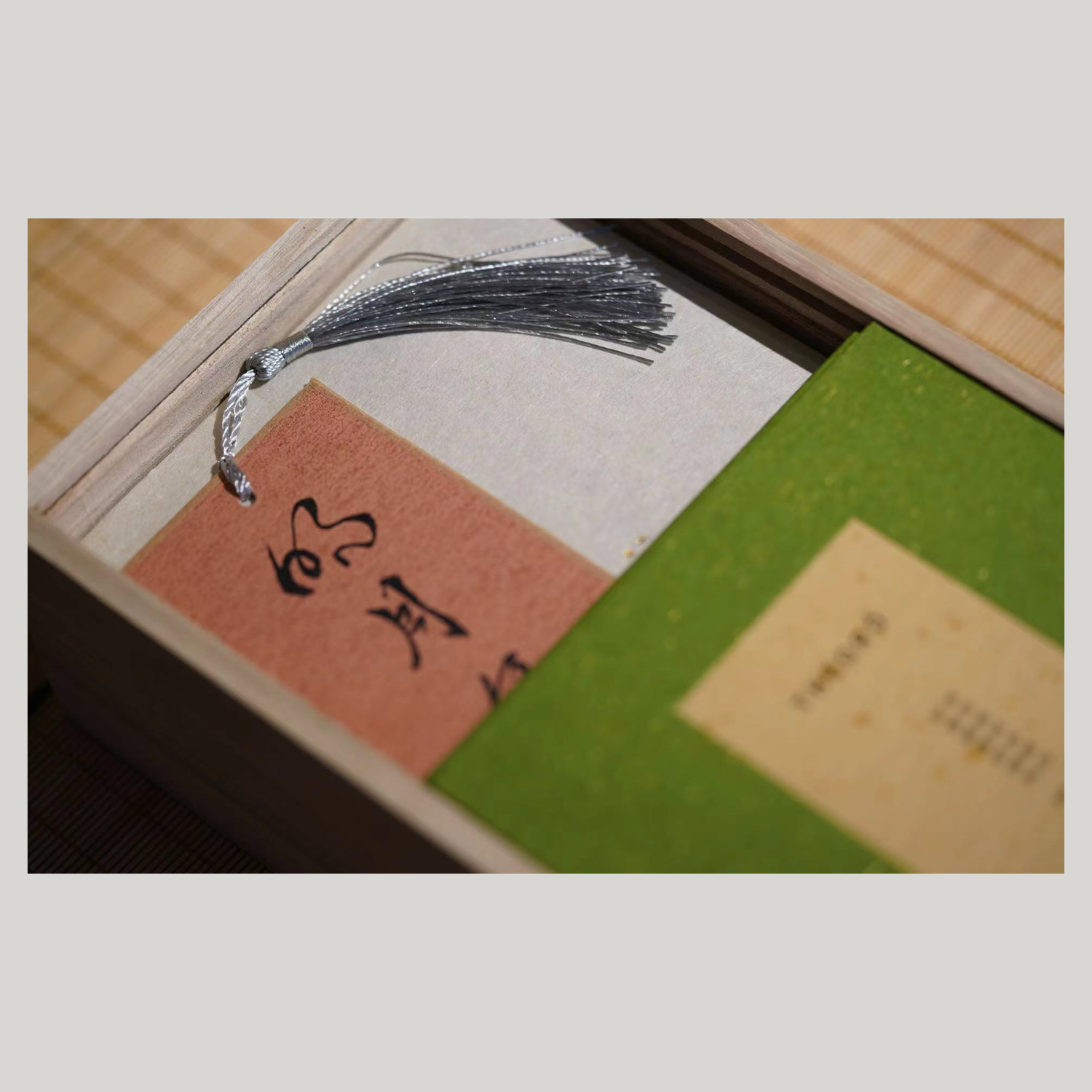 Image 6 of 11
Image 6 of 11

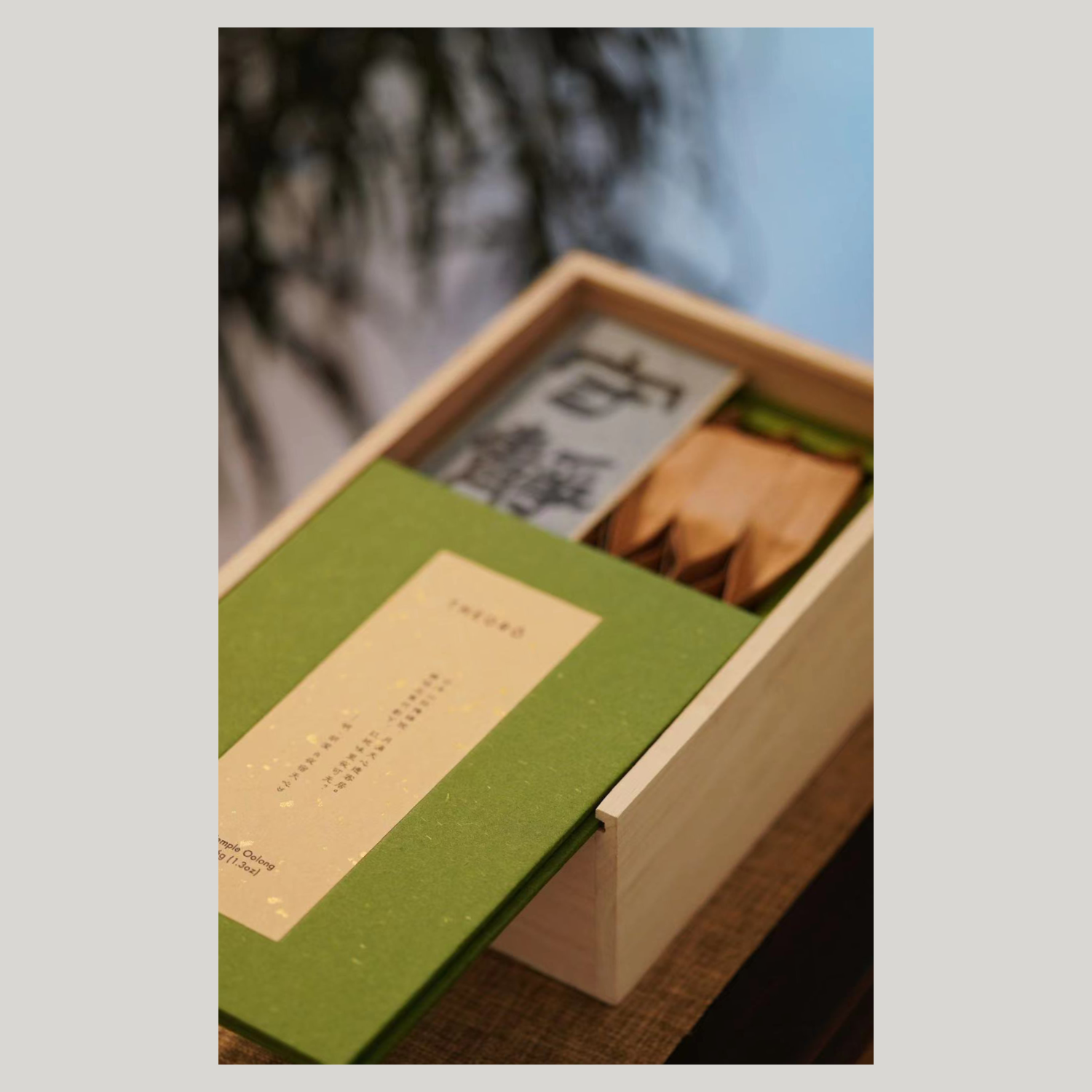 Image 7 of 11
Image 7 of 11

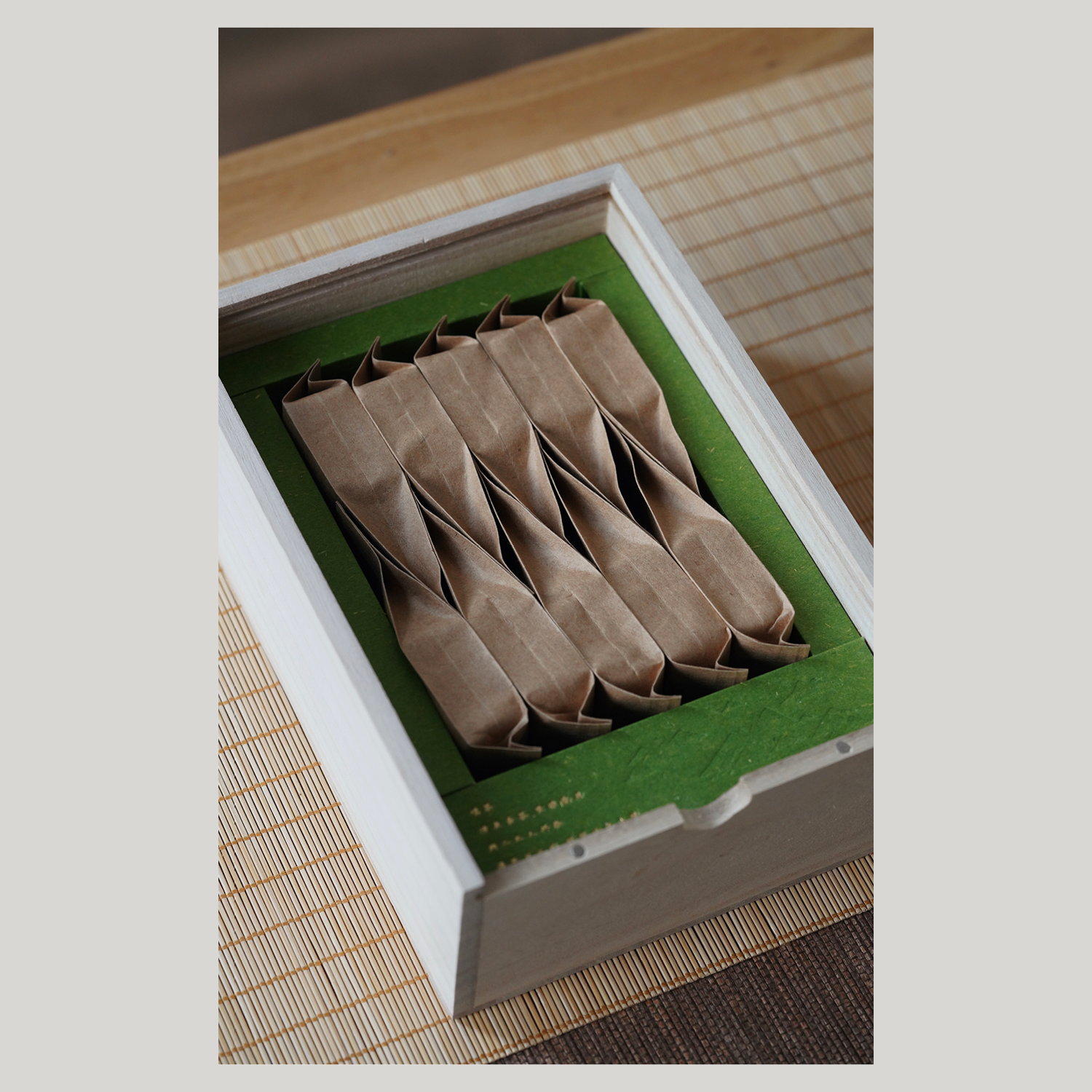 Image 8 of 11
Image 8 of 11

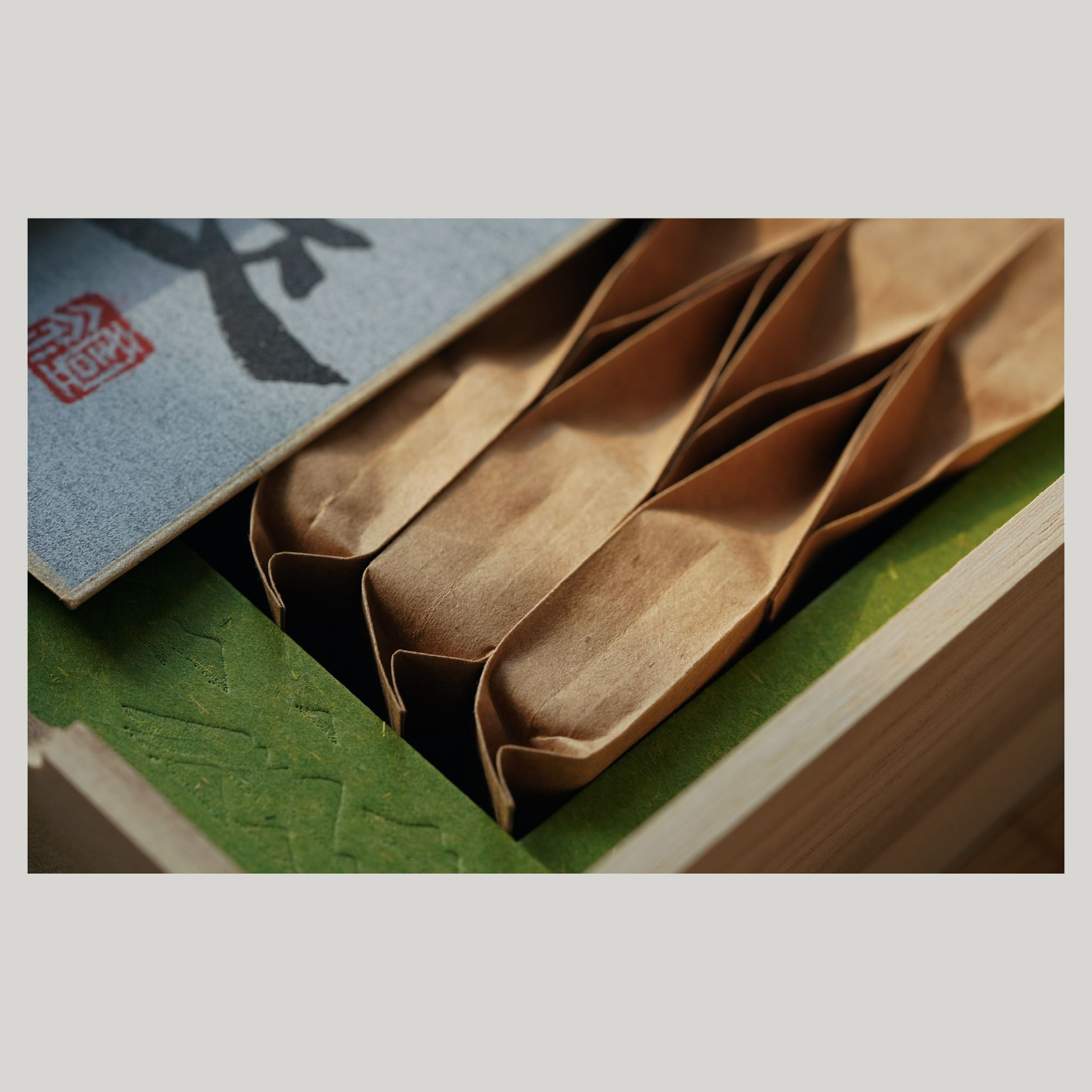 Image 9 of 11
Image 9 of 11

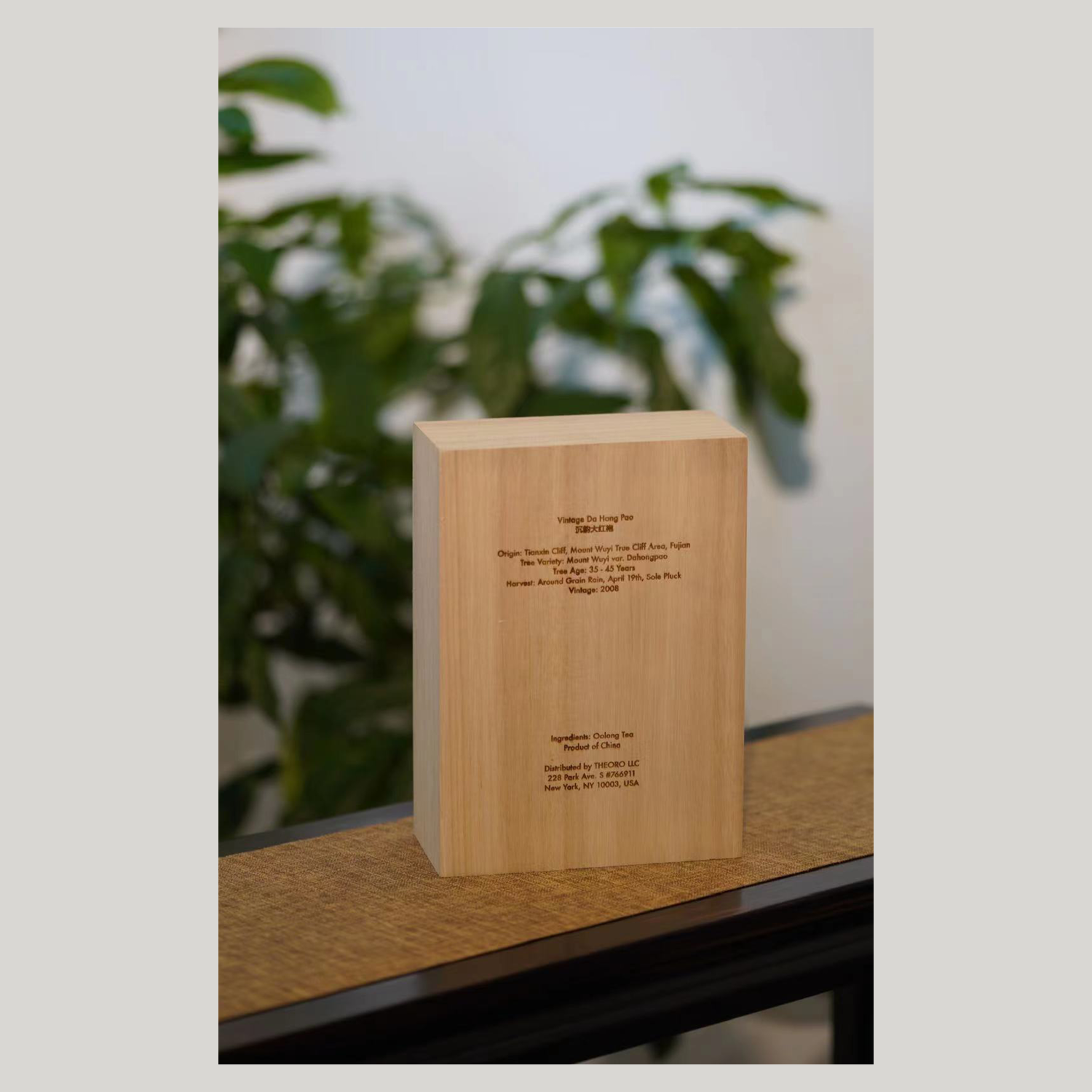 Image 10 of 11
Image 10 of 11

 Image 11 of 11
Image 11 of 11












Temple Oolong
Vintage Da Hong Pao
沉韵大红袍
Origin: Tianxin Cliff, Mount Wuyi True Cliff Area, Fujian
Tree Variety: Tianxin Cliff Dahongpao
Tree Age: 20 to 25 Years
Harvest: Around Grain Rain, April 19th, Sole Pluck
Vintage: 2008
Each Box: 36g / 10 Packets / Makes 60+ Cups (487+ fl oz)
Each Packet: 3.6g / Makes 6+ Cups (48.7+ fl oz)
Maximum $4.17 per Cup ($8.21 per 16 fl oz)
Vintage Da Hong Pao
沉韵大红袍
Origin: Tianxin Cliff, Mount Wuyi True Cliff Area, Fujian
Tree Variety: Tianxin Cliff Dahongpao
Tree Age: 20 to 25 Years
Harvest: Around Grain Rain, April 19th, Sole Pluck
Vintage: 2008
Each Box: 36g / 10 Packets / Makes 60+ Cups (487+ fl oz)
Each Packet: 3.6g / Makes 6+ Cups (48.7+ fl oz)
Maximum $4.17 per Cup ($8.21 per 16 fl oz)
Vintage Da Hong Pao
沉韵大红袍
Origin: Tianxin Cliff, Mount Wuyi True Cliff Area, Fujian
Tree Variety: Tianxin Cliff Dahongpao
Tree Age: 20 to 25 Years
Harvest: Around Grain Rain, April 19th, Sole Pluck
Vintage: 2008
Each Box: 36g / 10 Packets / Makes 60+ Cups (487+ fl oz)
Each Packet: 3.6g / Makes 6+ Cups (48.7+ fl oz)
Maximum $4.17 per Cup ($8.21 per 16 fl oz)
Profile
Aroma: Petrichor, oud, mango, musk
Flavor: Blackcurrant, allspice, vanilla, dark chocolate
Vitality: Velvety mouthfeel, robust, refined floral and fruity lingering
Mood: Leadership, generosity, noble
enjoyment
-
Water: Spring water or purified water.
Temperature: Approximately 212°F (100°C).
Tea-to-Water Ratio: 1 packet of tea per 1/2 cup of water for each infusion.
Tea Ware: Lidded bowl, small teapot, or water bottle with a removable filter.
-
1 ~ 6: Steep quickly, for about 5 seconds each.
> 6 steeps: Adjust steeping time according to personal preference.
-
Servings: For optimal enjoyment, use each packet for 12 ~ 15 infusions throughout the day.
Duration: Best enjoyed within 1 day.
When: Avoid on an empty stomach, and if you're sensitive to caffeine, skip it after dinner.
Frequency: Limit to 1 packet per day.
-
We encourage you to appreciate this tea unaccompanied to fully embrace its essence.
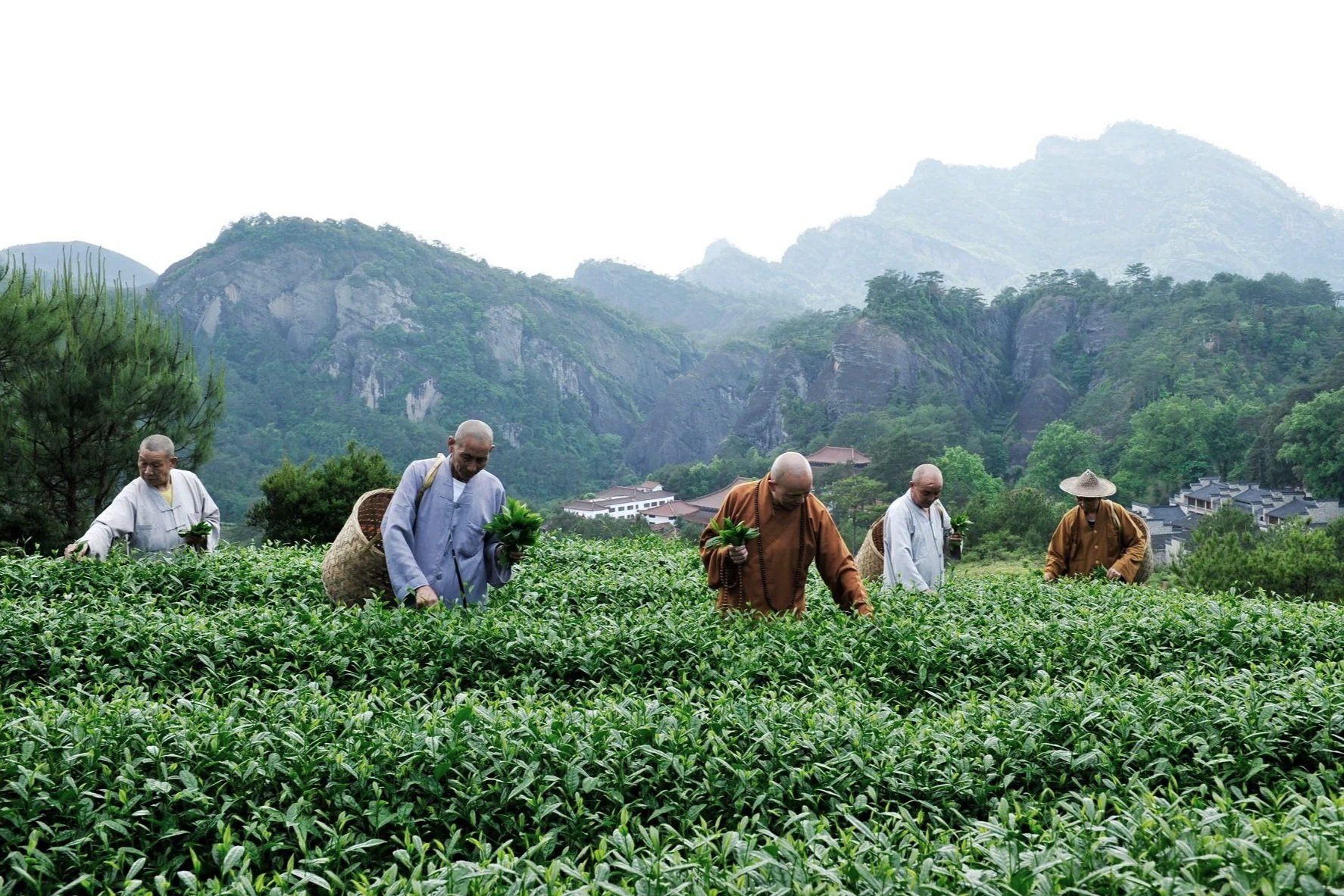
Legacy
From the Nine Dragons’ Lair at Tianxin Cliff, the birthplace of Da Hong Pao, to the stone inscription “Da Hong Pao” left on the rock wall by the monks of Tianxin Yongle Temple, and to the tea makers in Tianxin Village who have passed down their craft for generations, the name “Tianxin” has always been regarded as a symbol of the authenticity of Da Hong Pao. When tracing the connection between “Tianxin” and Da Hong Pao, there is an inseparable bond that is especially profound at the Tianxin Yongle Temple in Wuyi Mountain.
Wuyi Mountain’s Tianxin Yongle Temple was founded during the Zhenyuan (785 to 805 AD) period of the Tang Dynasty and is the largest temple in Wuyi Mountain, one of the eight famous Buddhist mountains in China. Since the Sui and Tang Dynasties, the income of temples across the country, aside from offerings and incense donations, mainly came from self-sustaining agricultural activities. Due to its secluded location with steep cliffs and deep ravines, Tianxin Yongle Temple enjoyed a unique advantage in tea cultivation, surrounded by mist and clouds throughout the year. As a result, tea planting became the temple’s primary source of income.
In the early Ming Dynasty (1368 to 1644 AD), a scholar named Lei Yi from Fujian, on his way to the capital for the imperial examination, fainted from heatstroke near Wuyi Mountain. He was rescued by monks from Tianxin Temple, who treated him with strong tea as medicine to relieve his heatstroke. After successfully passing the examination, Lei immediately returned to Tianxin Temple to repay the monks for saving his life. However, the abbot humbly declined, saying, “It was not I who saved you, but the Tianxin Temple’s tea. You should repay these tea trees instead.” In gratitude, Lei Yi removed his scholar’s red robe and draped it over the tea trees, kneeling and bowing to express his thanks. From then on, the story of the red robe spread far and wide.
After the Jingnan Rebellion (1399 to 1402 AD), Hu Ying (1375 to 1463 AD), a prominent statesman and literary figure in the early Ming Dynasty, visited Wuyi Mountain. A devout Buddhist and tea enthusiast, Hu was captivated by the Tianxin Temple’s tea and personally witnessed the tea-making process by the monks. He also heard the story of the scholar’s gratitude involving the red robe. Upon returning to the capital, Hu Ying brought Tianxin Temple’s tea with him and presented it to the Emperor Yongle (1360 to 1424 AD), who later officially decreed that Tianxin Temple’s tea be named “Da Hong Pao” (Big Red Robe), granted the temple a new name “Tianxin Yongle Temple” and ordered the Temple to “tend the tea carefully, pick the tender leaves, and pass down the craft through generations, with annual tributes sent to the capital.” Hu Ying’s love for the tea is captured in his poem “Spending the Night at Tianxin”:
Clouds drift over the mountain, hiding the Zen temple;
The moon rises from the heavens, illuminating the guest’s abode.
On a quiet path, cold stone lies beneath the bamboo’s shadow;
How could one pass the night without savoring the taste of Red Robe tea?
Today, two imperial decree stelae and a pair of stone dragons are still preserved at Tianxin Yongle Temple, bearing witness to this history in which the tea brought fame to the temple, and the temple brought honor to the tea. As a result, “Da Hong Pao” has become synonymous with Wuyi Cliff Tea, its legacy enduring throughout the centuries.
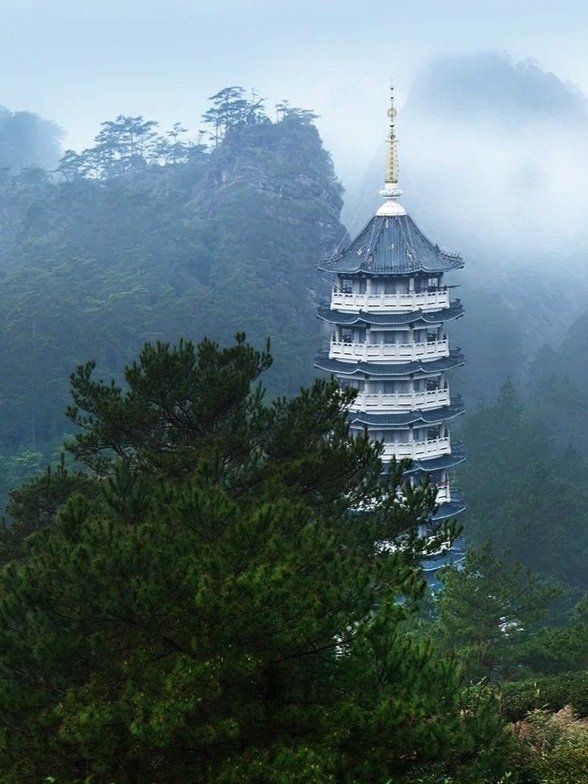
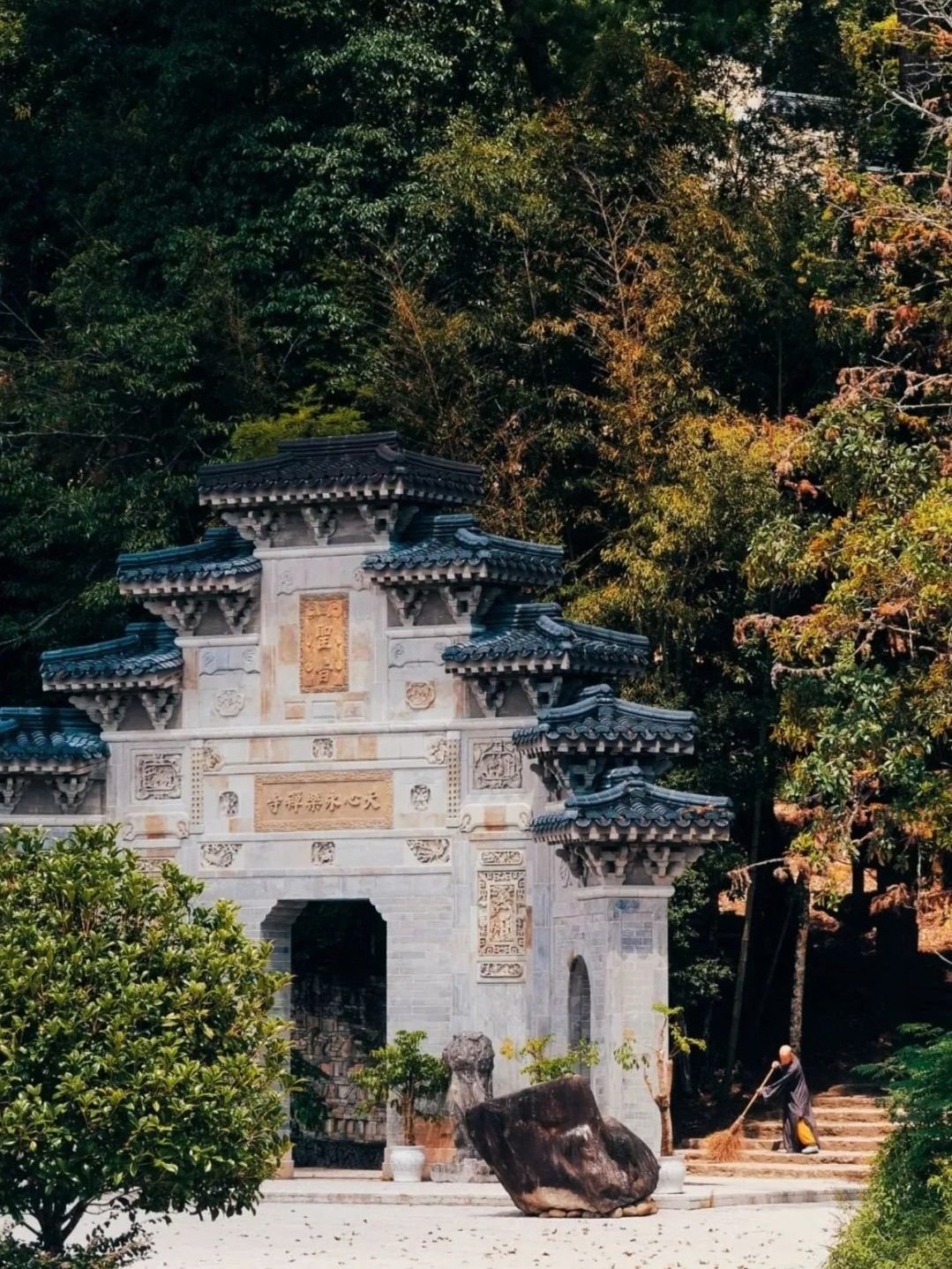
Authenticity
-
THEORÓ Temple Oolong comes from Tianxin Cliff, crafted by the monks and laypersons of Tianxin Yongle Temple.
-
However, due to the cultural significance, Da Hong Pao was elevated to legendary status, and people revered it to the point of being too intimidated to approach it, let alone conduct scientific research or promote it, causing a missed opportunity for further development. It wasn't until the 1960s that Da Hong Pao emerged from legend.
In 1962 and 1964, the Tea Research Institute of the Chinese Academy of Agricultural Sciences and the Fujian Tea Research Institute successfully propagated Da Hong Pao by taking cuttings from the mother trees. In 1985, the Wuyi Mountain Tea Research Institute reintroduced Da Hong Pao from the Fujian Tea Research Institute to Wuyi Mountain and began promoting its cultivation in a more deliberate way.
However, Da Hong Pao remains a famous tea variety among Wuyi Rock Teas, rather than being a true tea tree variety in the scientific sense. For a local variety to be classified as an official tea variety, it must be studied and certified by relevant authorities. It needs to demonstrate stable genetic traits, economic viability for cultivation, and adaptability to climate and environment. Currently, Da Hong Pao propagated through asexual reproduction has been widely promoted, and in 2012, Da Hong Pao was officially recognized as a Fujian provincial tea variety.
Asexual reproduction involves taking cuttings from the top shoots of tea trees and planting them elsewhere to cultivate new tea plants through careful management. Compared to sexual reproduction (which uses seeds), asexual reproduction offers faster propagation and retains the characteristics of the parent plant. It has been proven that tea trees propagated in this way maintain the same traits as the mother trees, and these traits remain stable. Some companies even refer to this as “purebred Da Hong Pao.”
THEORÓ Temple Oolong uses leaves from Mount Wuyi Camellia sinensis var. Dahongpao, which are propagated asexually from the original six mother trees.
-
THEORÓ Temple Oolong was harvested from trees that were around 20-25 years old in 2008, part of one of the earliest batches of Camellia sinensis var. Dahongpao reintroduced and cultivated on Mount Wuyi.
-
THEORÓ Temple Oolong is harvested only once a year, specifically during the spring season, usually around the time of Grain Rain, April 19th.
-
THEORÓ Temple Oolong is from the year 2008, with 16 years of vintage.
Craftsmanship
-
The withering process is when the fresh, firm leaves lose moisture, and become soft and limp after being sun-dried, and it must be done just right. If too much water is lost, the leaves become “dead leaves,” but if insufficient moisture is released, it affects the next stage of processing.
In short, “flipping the leaves without damaging them” is the key, proper technique is essential, and judging the right timing and controlling the degree of withering are the soul of the process.
-
The sculpting of Da Hong Pao involves mainly shaking the tea leaves. This is the key process that determines the quality of Da Hong Pao, and it also requires the highest level of skill. The phrases "observe the leaves to make the tea" refer to the process of moisture loss and oxidation happening simultaneously. Controlling the extent of moisture loss and the rhythm of oxidation is crucial to producing a good tea. Whether looking at the variety, the thickness, size, or firmness of the leaves, what is ultimately being observed is the water. As moisture evaporates, different aromas emerge, and subtle changes occur in the leaves, such as softening, color turning from green to red, the sound of the shaking becoming muffled, and changes in the shape and texture of the leaves.
As long as the "three reds and seven greens" color pattern and the "spoon shape" are achieved during the normal process, the desired qualities will naturally develop in the tea.
-
The fixation of Da Hong Pao involves mainly pan-roasting. This technique uses high temperatures to stop oxidation and stabilize the quality of the tea. At the same time, the high temperature helps further eliminate the low-boiling-point grassy odors from the original aromatic components, allowing the higher-boiling-point floral and fruity aromas to become more prominent. Under these heat conditions, new aromatic compounds may also form.
-
After completing the fixation process, the tea leaves are removed from the pan while still hot and shaped into strips. During the rolling process, the tea juice is squeezed out and coats the surface of the leaves, promoting the mixture and interaction of the internal substances and facilitating some degree of transformation. This process enhances the richness of the tea liquor.
-
A high-temperature roasting method is used to quickly remove moisture from the tea leaves until 60-70% dry. Visible open fire may be used, but without direct flames.
-
The leaves then placed outdoors on drying racks overnight.
-
Afterward, the tea master removes the stems the next morning.
-
Roasts the leaves again until fully dry. The technique of double sorting and double roasting using “charcoal fire” is a skill that current machine-based tea production methods cannot easily replicate.
